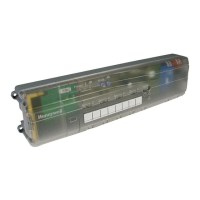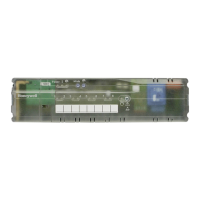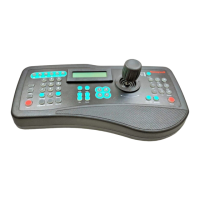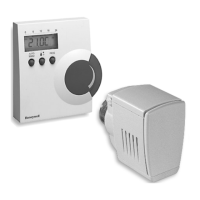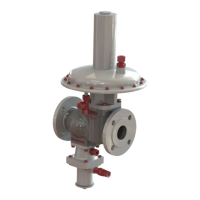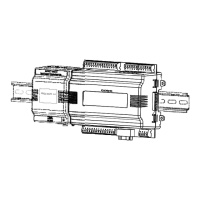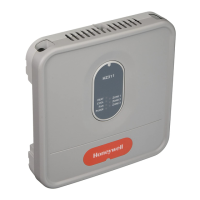Design and Implementation of HC900 Control System - Allowable Function Blocks for Process and Safety Functions
34 HC900 Process & Safety Controller Safety Manual Revision 1.9
01/14
Digital Decoder
The Digital Decoder function converts an analog
value from the Value Input to the binary equivalent
value on the 16 digital outputs 1 through 16. The
Value Input accepts whole numbers between 0 and
65535. Fractional values are ignored. The output
value OCNT (bottom of block) indicates the total
number of digital outputs that are ON as an analog
value. For example, a value of 285 would be
represented by binary 0000000100011101, where
OUT 1 is LSB and OUT 16 is MSB. OCNT = 5 (OUT
1, 3, 4, 5, 9 are ON). All 16 outputs and the OCNT
signal pin are monitored. Forcing of the outputs is not
permitted.
X
X
Device Control
The Device Control function block is normally used to
control pumps. Based on certain events the device
will be placed into one of six states: READY,
PRESTART, STARTING, RUNNING, STOPPING,
DISABLED, or FAILED. The READY (off state) is the
initial state of the function block. Forcing of outputs is
not permitted within this block.
X
X
Alternator
The Alternator function block is typically used to
alternate the starting sequence of a group of pumps,
valves, filters, etc. Each block accepts up to 16 inputs
and controls up to 16 outputs. There are four unique
alternation styles used to control the output starting
sequence so that you can limit the amount of repeat
or continuous usage of a single device (pumps,
valves, etc.). If an output device fails, or has been
disabled, then an alternate device will be used in
order to meet the requested demand. You may
specify the alternator's active outputs and the order in
which the outputs are manipulated.
X
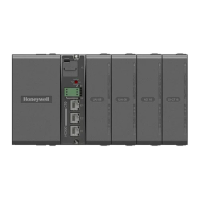
